Asbestos in old homes
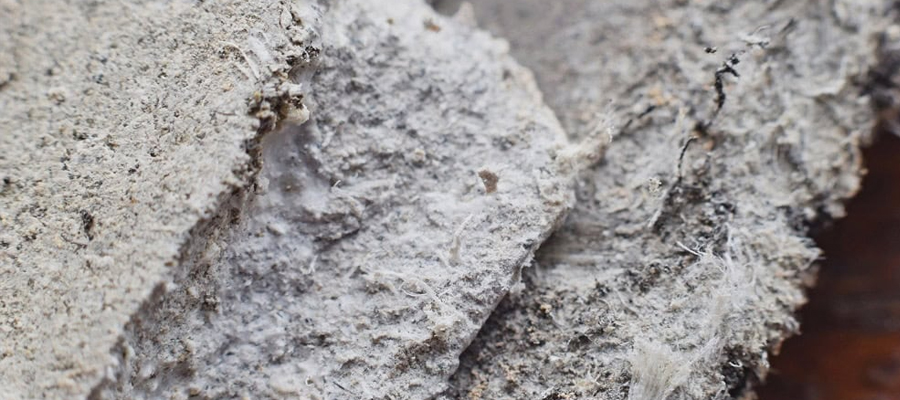
Asbestos was widely used in UK homes up until the late 1990s and is still found in many common building products. It appears in textured coatings like Artex, old vinyl floor tiles, soffits, and corrugated garage roofs. Most materials are safe if left undisturbed but become dangerous when drilled, sanded or broken, releasing fibres into the air. Understanding where asbestos hides helps you avoid accidental exposure during DIY or renovations.
Never cut, grind or sand suspect materials without confirmation.
A simple assumption helps: if a house was built or refurbished before 2000,
asbestos may be present.
Below are six common materials where asbestos is often found, with plain notes on what
to look for and how to
approach them safely.
Artex and textured ceiling coatings
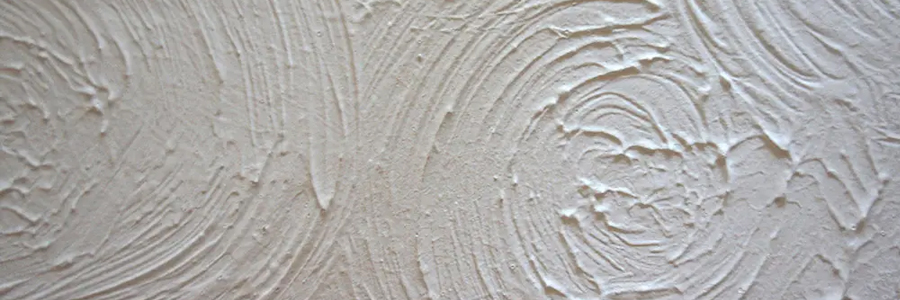
Popular from the 1960s onward, Artex and other textured coatings were often mixed with
asbestos fibres to improve
application strength. They are usually safe if painted and intact but dangerous when
scraped or skimmed over
without testing. Removal requires controlled methods to avoid airborne dust.
Vinyl floor tiles and bitumen adhesive
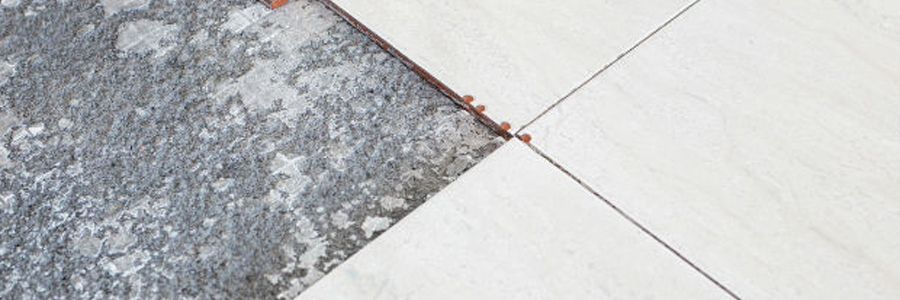
Many older floor tiles, especially 9-inch vinyl tiles, contain asbestos. Even if the tile
itself is asbestos-free,
the black bitumen adhesive below may not be. Lifting old tiles can crack them, releasing
fibres, so testing before
removal is essential. Leave in place and cover where possible.
Corrugated garage and shed roofs
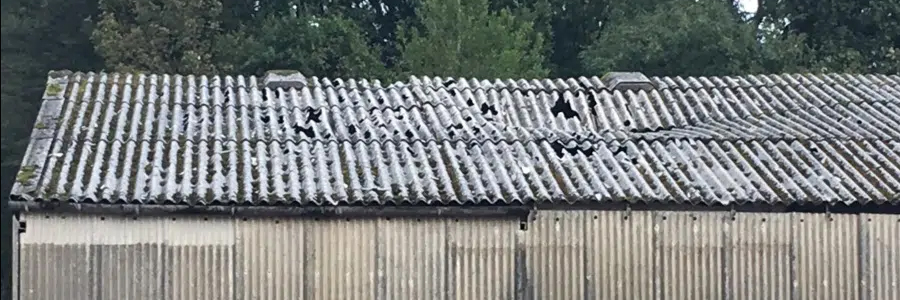
Asbestos cement sheets were a common roofing choice for garages and outbuildings. They
are durable but become
brittle with age. Drilling to fix leaks or removing panels without care can release
fibres. Sheets should be
removed whole and never smashed up or put in general skips.
Asbestos insulation board (AIB)
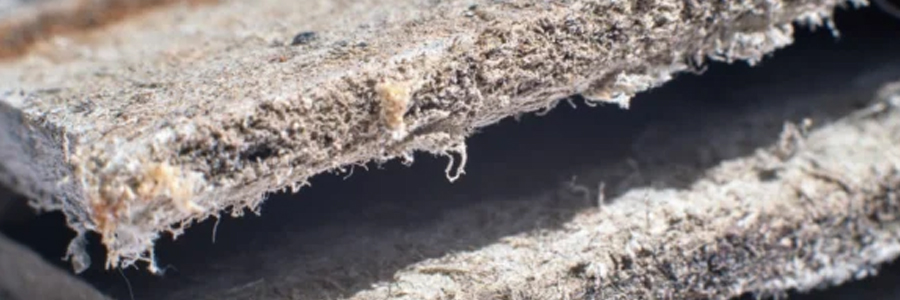
AIB looks like plasterboard but is far more hazardous. It was used around boilers, in
service risers, and as fire
protection panels. It breaks easily and releases high levels of fibres if disturbed.
Only licensed contractors
should handle AIB.
Pipe lagging and thermal insulation
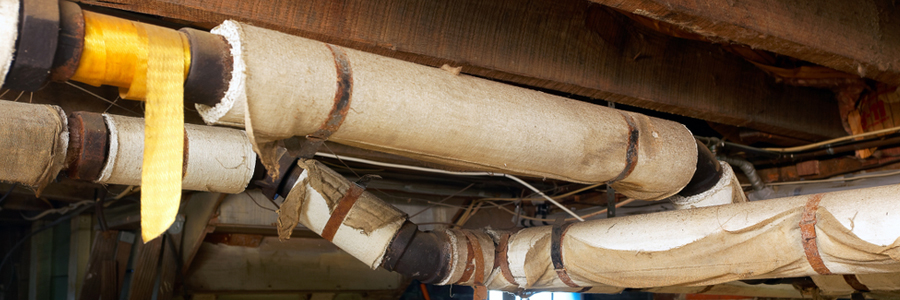
Old heating systems often used asbestos lagging wrapped around pipework. This material is
soft and friable,
making it one of the highest-risk asbestos products. If found, it should not be touched
or cleaned. Specialist
removal with full containment is required.
Soffits, fascia boards and exterior panels
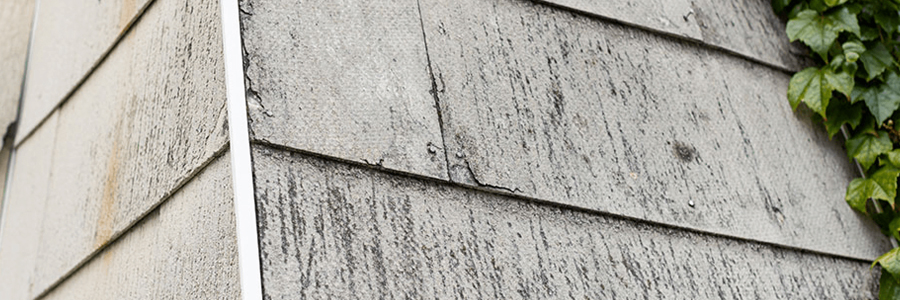
External soffits and cladding panels were often made from asbestos cement. They weather
well and are usually safe
if left alone. Problems arise when cutting in vents, replacing gutters, or fitting
cables. Removal should be done
carefully to avoid breakage.